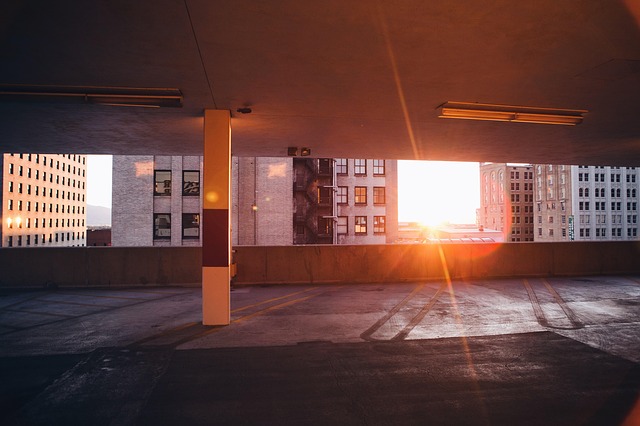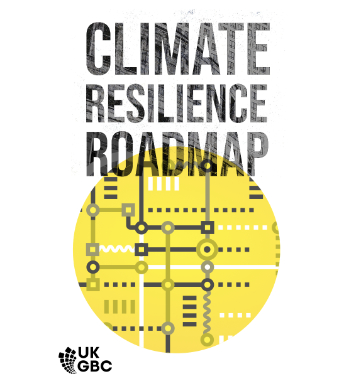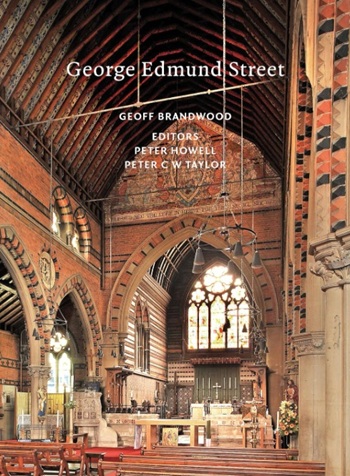Glare in buildings
According to BRE’s The essential guide to retail lighting: Glare is; ‘Discomfort experienced when lighting is excessively bright when viewed against the surroundings. Often the result of inadequately shielded lamps.'
The CIBSE SLL Code for Lighting (2012) defines glare as '...the condition of vision in which there is discomfort or a reduction in the ability to see details or objects, caused by an unsuitable distribution or range of luminance, or to extreme contrasts.'
The Illustrated Guide to Electrical Building Services, Third Edition (BG 31/2017), by David Bleicher & Peter Tse, published by BSRIA in 2014, states: ‘Glare is caused by extreme contrasts in luminance – for example extremely bright objects in the same vicinity as extremely dark objects. The problem of glare can take two basic forms: discomfort glare and disability glare.'
'Discomfort glare is likely to occur whenever one area of an internal space is significantly brighter than the surrounding area. Two common causes are excessive daylight entering windows and inappropriate or poorly positioned luminaires.'
'Disability glare can make work tasks difficult, and may occur when a source of bright light exists close to the line of sight. Light sources such as fluorescent lamps have very bright surfaces, however most luminaires are designed so that the lamp is rarely in the field of vision.’
NB PAS 6463:2022, Design for the mind – Neurodiversity and the built environment – Guide, published by BSI Standards Limited 2022, states: ‘Discomfort glare results in an instinctive desire to look away from a bright light source or difficulty in seeing a task. Disability glare impairs the view of objects without necessarily causing discomfort.’
[edit] Related articles on Designing Buildings
- Artificial lighting.
- Aspects of daylighting design covered by EN 17037.
- BREEAM Visual comfort Glare control.
- BREEAM Visual comfort View out.
- Colour appearance.
- Daylight factor.
- Daylight lighting systems.
- Designing daylight solutions for commercial buildings.
- EN 17037 Daylight in buildings.
- General lighting v task lighting.
- Illuminance.
- Light pollution.
- Lighting.
- Lighting of construction sites.
- Natural light.
- Retrofitting solar shading.
- Types of building EN 17037 applies to.
Featured articles and news
Latest Build UK Building Safety Regime explainer published
Key elements in one short, now updated document.
UKGBC launch the UK Climate Resilience Roadmap
First guidance of its kind on direct climate impacts for the built environment and how it can adapt.
CLC Health, Safety and Wellbeing Strategy 2025
Launched by the Minister for Industry to look at fatalities on site, improving mental health and other issues.
One of the most impressive Victorian architects. Book review.
Common Assessment Standard now with building safety
New CAS update now includes mandatory building safety questions.
RTPI leader to become new CIOB Chief Executive Officer
Dr Victoria Hills MRTPI, FICE to take over after Caroline Gumble’s departure.
Social and affordable housing, a long term plan for delivery
The “Delivering a Decade of Renewal for Social and Affordable Housing” strategy sets out future path.
A change to adoptive architecture
Effects of global weather warming on architectural detailing, material choice and human interaction.
The proposed publicly owned and backed subsidiary of Homes England, to facilitate new homes.
How big is the problem and what can we do to mitigate the effects?
Overheating guidance and tools for building designers
A number of cool guides to help with the heat.
The UK's Modern Industrial Strategy: A 10 year plan
Previous consultation criticism, current key elements and general support with some persisting reservations.
Building Safety Regulator reforms
New roles, new staff and a new fast track service pave the way for a single construction regulator.
Architectural Technologist CPDs and Communications
CIAT CPD… and how you can do it!
Cooling centres and cool spaces
Managing extreme heat in cities by directing the public to places for heat stress relief and water sources.
Winter gardens: A brief history and warm variations
Extending the season with glass in different forms and terms.
Restoring Great Yarmouth's Winter Gardens
Transforming one of the least sustainable constructions imaginable.























